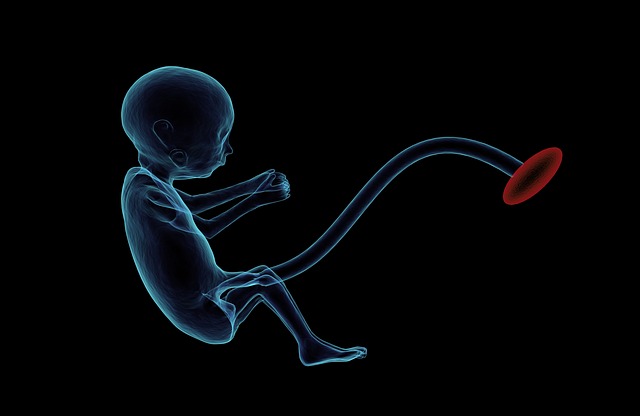Researchers develop a simple method for isolating trophoblast cells from cervical swabs.
Prenatal diagnostic testing can detect genetic abnormalities in the fetus before birth. These procedures, including amniocentesis and chorionic villus sampling, are considered invasive because they obtain fetal DNA from the amniotic fluid and placenta respectively. Invasive diagnostic testing may increase the risk of pregnancy loss, thus non-invasive prenatal testing (NIPT) strategies are being explored. Blood tests are able to identify a limited number of genetic disorders using fetal DNA circulating in the mother’s bloodstream. While being safe, blood tests cannot provide a definitive diagnosis and invasive follow-up testing may still be required.
An emerging avenue for NIPT involves analysing trophoblasts, the cells that make up the placenta. Trophoblast cells are found in the cervical canal during the early stages of pregnancy, and carry the entire fetal genome for genetic testing. Researchers at Brown University have developed a novel method to isolate these trophoblast cells from cervical swabs obtained from pregnant women.
The technique, described in the journal Scientific Reports, relies on the unique physical properties of trophoblast cells. The researchers found that trophoblast cells are smaller and rounder than other maternal cervical cells with relatively large nuclei. Based on these characteristics, they hypothesized that trophoblast cells may settle to the bottom of solution more quickly than cervical cells.
In the study, researchers incubated a mixture of trophoblast and cervical cells in polystyrene wells of a microwell plate. As cells settled to the bottom of each well, maximum separation between trophoblasts and cervical cells was observed at four minutes. A four-minute incubation time increased the density of trophoblast cells by 700% on the bottom surface of the well.
The cell settling technique for allows trophoblasts to be isolated in a cost-effective and efficient manner that is feasible for any basic diagnostic lab.
“There is a large need for biomedical engineering techniques toward advancing prenatal and women’s health,” said Christina Bailey-Hytholt, lead author of the study. “Our work is a step toward more non-invasive prenatal testing options.”
Written by Cheryl Xia, HBMSc
References:
- Bailey-Hytholt, C. M. et al. A Rapid Method for Label-Free Enrichment of Rare Trophoblast Cells from Cervical Samples. Sci Rep 9, 12115 (2019).
- Stacey, K. New technique isolates placental cells for non-invasive genetic testing. EurekAlert! (2019).
Image by Raman Oza from Pixabay



